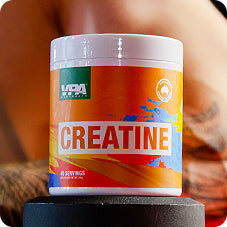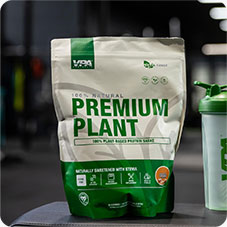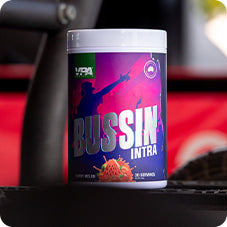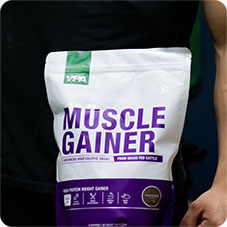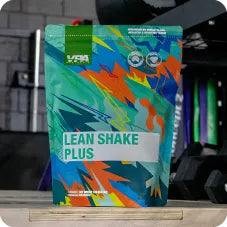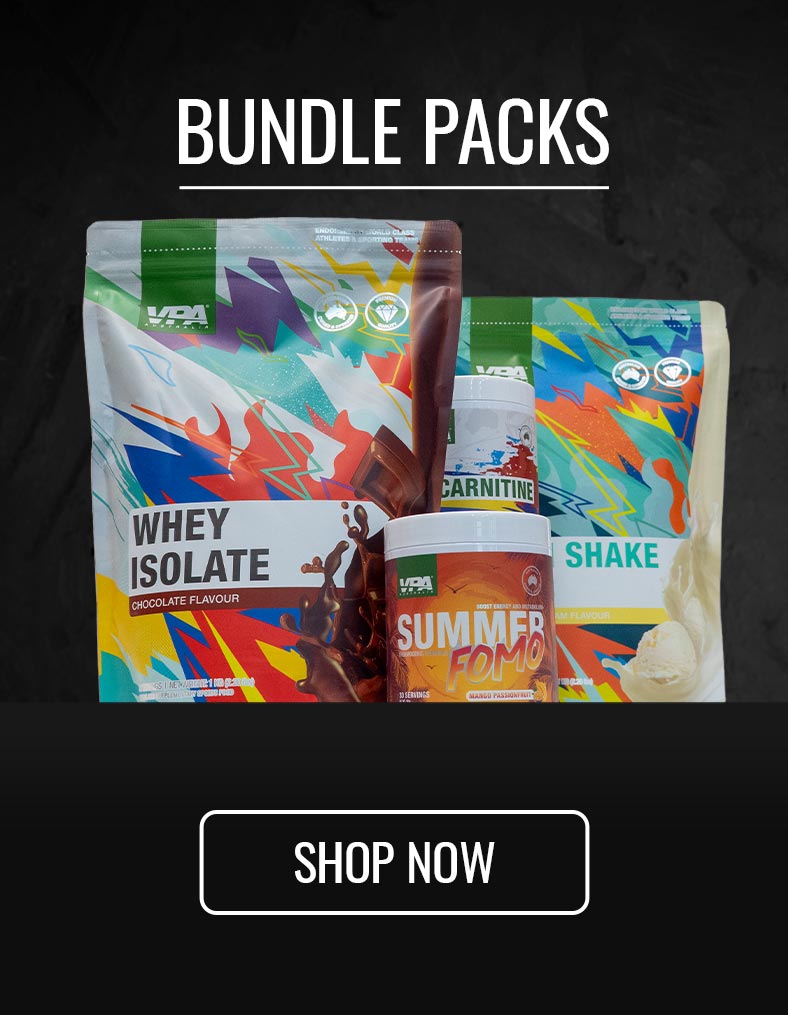- $0.00 AUD Subtotal
Breathing techniques for training
July 10, 2022 4 min read

If you're like most people, you probably tend to breathe in the same way throughout your day. But breathing is actually a very complex process that can be influenced by many factors, including stress, anxiety and even lung disease.
The way you breathe can also have a significant impact on your health and athletic performance. That's why it's important to know proper breathing techniques for training.
To understand breathing techniques for improving sports performance or physiology, it is best to start by knowing more about how the lungs work. Each person's lungs move around 0.5 litres of air with each relaxed breath. This amount can increase to 3 litres with vigorous physical activity. Exercise increases the efficiency of the respiratory system, but it doesn't significantly increase actual lung capacity.
Each of us has a diaphragm, a dome-like muscle situated beneath the lungs that flatten and moves downward upon inhalation. This allows the lungs to expand and fill up with oxygen. Unfortunately, due to various lifestyle factors like stress and poor posture, many individuals suffer from shallow breathing, which can cause discomfort in the back and chest muscles, weaken the pelvic floor, and disrupt the proper movement of the shoulders and spine.
When it comes to physical activity and exercise performance, breathing is integral for health and wellbeing but also plays a role in resistance training performance and longer aerobic endurance training.
The most effective way to breathe during resistance training is inhaling during the eccentric phase and exhaling during the concentric phase. For cardiovascular activities like running, swimming, or cycling, breathing in through the nose and out through the mouth as intensity ramps up.
The following are some of the advantages of deep breathing:
It improves your blood circulation
When you inhale deeply through your nose, the air travels down into the lower lobes of your lungs where it expands the alveoli (tiny air sacs) and fills them with oxygen-rich air. This process allows more oxygen to be absorbed into the bloodstream.
When you exhale through your mouth, carbon dioxide is released from the alveoli and travels back up through smaller airways in the nose and throat before finally being expelled out of the body via the mouth or nose.
As a result of this process, more oxygen is delivered to every part of your body which means more energy for brain function as well as other vital organs such as muscles or organs that require oxygen to perform their functions properly (heart muscle tissue).
It increases the oxygen supply to your brain and muscles
The more oxygen you get, the better your body functions — from boosting your energy level to improving your memory and concentration skills.
It reduces stress and anxiety
Deep breathing is an excellent way to reduce stress and anxiety. When you're stressed out and anxious, your body is flooded with the fight-or-flight response. This response causes your heart rate to increase, blood pressure to rise and muscles to tense up. Your body needs oxygen to function properly, so when this happens it's important to take deep breaths in order to get more oxygen into your system.
It helps in reducing tension and depression
Deep breathing techniques are great for reducing tension and depression. It is important to breathe from your diaphragm, which is located in between your chest and abdomen. When you take a deep breath, your stomach should expand more than your chest. This will help to reduce the stressors that may be causing tension and depression.
Here are some simple tips and strategies for breath control during physical activity:
✓ If you struggle with the Valsalva manoeuvre, try counting out each repetition when doing resistance training.
✓ If you experience cramps in the abdominal region or so-called 'stitches' whilst running, try exhaling during each right-footed stride to create a consistent tempo with breathing rate during higher intensities of exercise.
✓ If you are participating in repeated sprint efforts or shorter bouts of sprint work such as that associated with SIT or HIIT training. It may be tempting to want to hunch over when breathing heavily during recovery bouts. However, this obstructs breathing. Aim to stand tall with his hands behind the head to open the lungs.
✓ To subjectively gauge exercise intensity using the talk test. If unable to talk, the individual is in the high-intensity range. If able to hold a brief conversation, the individual is in the moderate-intensity range.
✓ During recovery, try to implement a slow breathing rate during the cool-down phase to calm the body and aid recuperation. A rate of 4 seconds inspiration:4 second breath hold:4 second expiration is ideal and worthwhile implementing during a cool-down phase or whilst stretching after a bout of exercise.
✓ A simple technique to develop proper diaphragmatic breathing, place your hands on your ribcage (lower region) so you can feel them rise and fall during normal inhalation/expiration. Most of the breathing should be felt here, not in the pectoral region of the chest during everyday life but particularly with exercise.
Bottomline
Proper breathing techniques can help improve strength at the gym, prevent injuries, and generally enable the body to perform better. Athletes should especially make an effort to discover proper breathing techniques so as to join all athletes in getting the best results.
Also in Featured

Prebiotic Collagen Protein for Gut Health and Weight Loss: What You Should Know
July 04, 2025 7 min read
Read More
Fat burning zones: What is the Best Heart Rate for Losing Fat?
July 29, 2024 5 min read

VPA Australia's Christmas in July Gift Giveaway!
July 24, 2024 2 min read
Recent Articles
- Prebiotic Collagen Protein for Gut Health and Weight Loss: What You Should Know
- Fat burning zones: What is the Best Heart Rate for Losing Fat?
- VPA Australia's Christmas in July Gift Giveaway!
- The Power of V02max: Why Boosting Your VO2 Max is a Fitness Gamechanger
- The Fundamentals of Metabolic Health for Fitness Enthusiasts
- Outback Adventure Workouts: Ditch the Gym and Embrace the Winter Sunshine!
- Stress Management for Leaders: Navigating the Challenges with Confidence
- 10 Hilarious Gym Memes Every Gym Rat Can Relate to
- VPA x Muscle Hut
- VPA Australia Teams Up with Renowned Artist Tracey Keller for Limited Edition Shaker


